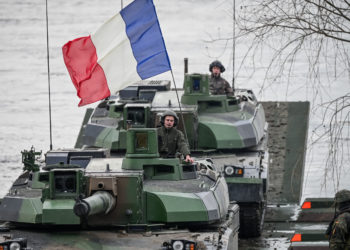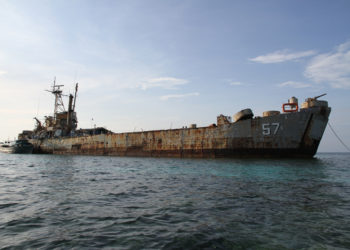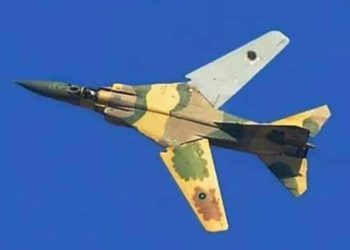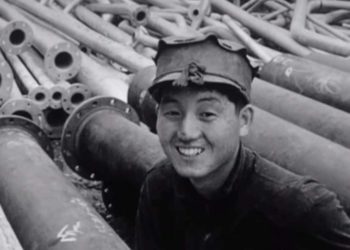Deep Sixed: Cancelled Weapons Programs. “Deep Sixed”: To destroy or dispose of (something) irretrievably.
As long man has waged war, we have always found new and sometimes horrifying ways to kill each other with equally horrifying weapons. Now obviously war IS a bad thing and we should always seek to either prevent it, or avoid it out right. But there is still no denying that a lot of innovations we all take for grated today, came from military research and development, many of which eventually made it into the civilian market.
But for every innovation that made it to the production line, there are many more that ended up being cancelled for one reason or another. Either they were too complex, too impractical or just came too late to be needed, history is filled with military projects which governments did take seriously, only to be cancelled either because of costs concerns or their was really no need for them.
They may have been revolutionary and used in actual combat in some cases, but it was not enough to save them from being shelved and ultimately Deep Sixed.
1) Skink Anti-Aircraft Tank.
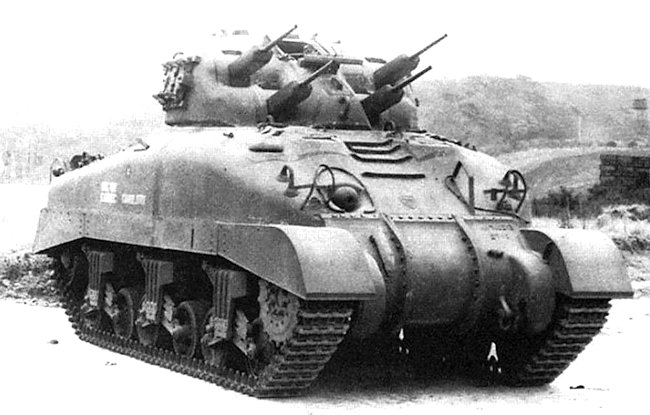
Let’s start with one of my favourites: The “Skink” was basically a self propelled anti-aircraft battery developed for use by the First Canadian Army. It was a M4 Sherman which was armed with with 4 x 20 mm Polsten automatic cannons located in the turret and too be fair the idea behind the Skink was sound.
With hostile aircraft a constant threat on the battlefield, their was an obvious need for a effective deterrent against such attack, all the while being mobile enough to keep up with advancing infantry and tank columns. With a 350 horse power gasoline engine as its main power plant, the Skink would have been able to keep up with fast moving troops, while its 4 cannons could easily knock out anything in the sky. They could fire 650 rounds per minute, per gun. That is A LOT of fire power even for a tank.
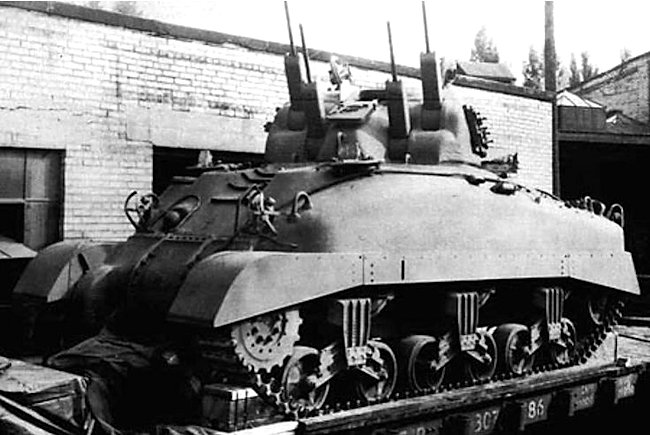
Unfortunately, delays during the developmental stages due to redesigns, meant that the Skink came too late to take part in the war. By 1945 the German Luftwaffe had been largely eliminated and with the allies in control of the air, there was no longer a need for a dedicated AA Tank and as a result, only 3 vehicles had been built before the program was terminated. But at least one of these vehicles was shipped to Europe and saw actual combat before the war ended, though its guns were used to force the surrender of enemy infantry units.
2) Dornier Do 355
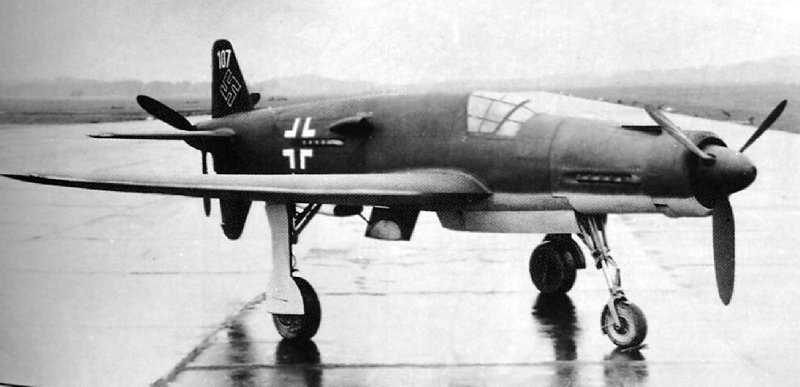
Yeah… this was a real aircraft that flew.
The Do 355 was a twin-engined fighter bomber, which was developed for used by the Luftwaffe during WW2 and was one of the fastest piston driven fighters of the war. With a top speed of 475 miles per hour.
Unlike other twin engine fighters at the time, the 355’s engines were in line with one pushing, and the other pulling the aircraft through the air. This arrangement gave the aircraft less drag and higher performance, as well as eliminating asymmetric thrust ( Thrust Imbalance) if one engine were to fail while in flight. It also had a lot of features today that most modern fighters take for grated today, such as a “tricycle” landing gear and even an early ejection seat. Coupled with its speed, manoeuvrability and was armed with a combination of a cannon and twin machine guns, the Do 355 looked as if it could have been a real game changer for Germany.
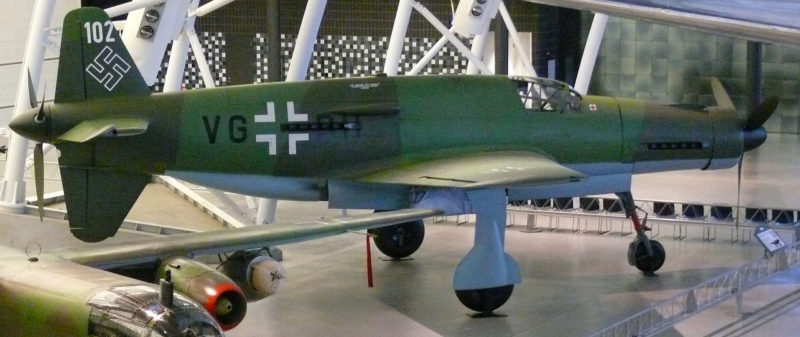
Unfortunately the fighter turned out to be more trouble that it was worth. Though fast, the fighter weighed 7 tons and its was not uncommon for its landing gear to collapse while the aircraft was touching down after a flight. Not to mention that the Do 355 was a very complex aircraft to both manufacture and maintain when compared to other aircraft. Around the same time the 355 was being developed, the Luftwaffe was showing interest in the Focke-Wulf Ta 152, which was also piston driven and was almost as fast with a top speed of 472 miles for hours.
In the end it really made no sense to produce such a complex aircraft that was only slightly faster than one which was easier to manufacture and maintain. The Do 355 program was eventually cancelled, though a small number of them had been produced and were used in combat before the war came to an end.
3) Engesa EE-T1 Osorio
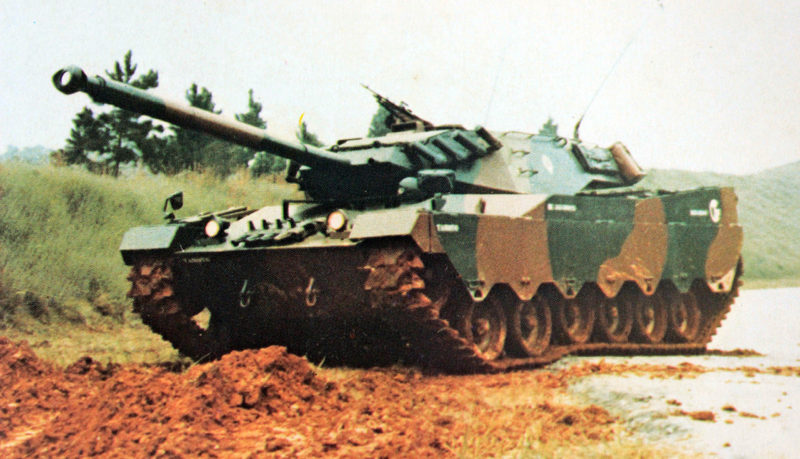
Not many people know that the South American country of Brazil attempted to build an indigenous Main Battle Tank and there is a reason for that. Developed by Brazilian company Engesa, who had success with their EE-9 Armored Car and EE-11 Tank Destroyer in the past, the Osorio would be a reliable yet affordable MBT for both Brazil, as well as numerous developing countries around the world.
To be fair, it was a good tank on paper and in practice. It had a 120 mm GIAT smooth bore cannon as its main weapon and was wrapped in composite armour. Add to the fact it had a 12 cylinder diesel engine cranking out 1100 horse power and came with a price tag of $4 million US, you could see just why the Osorio looked as if it could have been one of the top tanks on the defence market.
Beginning in 1982, Engesa would produce 2 prototypes and almost immediately, it began to draw attention to itself, with Saudi Arabia looking to place a order for well over 300 units for the Saudi Army. Unfortunately the Saudi’s ended up placing orders for the American M1 Abrams, which more or less sealed the fate of the Osorio. As the Brazilian army opted not to buy the T-1, as the failure to export the tank scared off any interest they had.
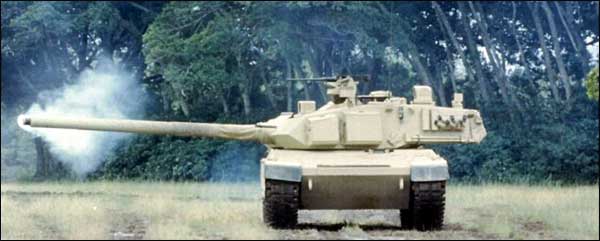
This was a double blow for Engesa, as they had invested a lot of capital into the program. With no customers willing to buy into the Osorio and Engesa losing a lot of money because of the failed program, the Latin American company went bankrupt in 1993. which at the time was one of the largest in Brazil’s history.
4) ACH-47A Chinook, “Guns a Go Go”
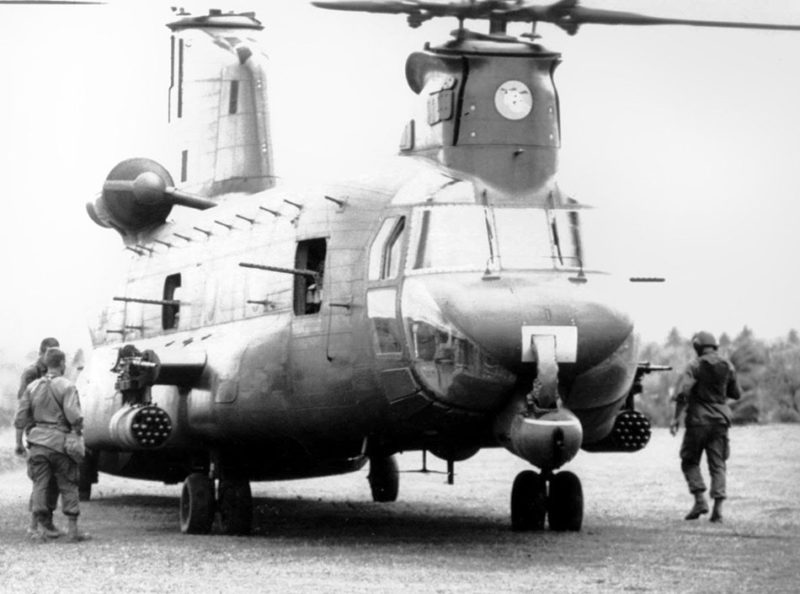
Ever wondered what a Chinook would look like, if you gave it over a ton of armour and crammed just as much guns and ammunition into it? Well, the ACH-47A did just that. The ACH, also known as Guns a Go Go, was in reality a experimental program conducted by the U.S. Army to develop a heavy gun ship to support ground troops. In 1965, four CH-47s were converted by Boeing, where not only 2000+ lbs of armour were added to them, but the engines were upgraded to counter the added weight.
But armour and upgraded engines were not the only thing given to these helicopters, as they were outfitted with an impressive weapons layout which included:
Two 20mm cannons,
a 40mm automatic grenade launcher
five .50-caliber machine guns
and weapon pods that could carry either 70mm rocket launchers or 7.62mm miniguns.
Basically they were built with the full intent of flying into the heart of the battle and lay down 360 degrees of suppressing fire, before coming back out as the sole survivor. In 1966 three of these attack Chinooks (Birth Control, Cost of Living and Stump Jumper) arrived in Vietnam and were assigned to the 1st Cavalry Division of the U.S. Army.
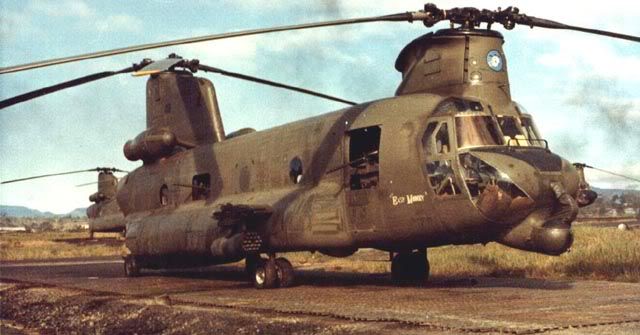
During their six months in combat, these gun ships preformed very well while in support of allied troops on the ground and earned a lot of respect as a result. But despite there success in real combat the U.S. Army did not pursue any plans for the conversion of any more helicopters. Though successful in combat, the Army decided that not only would it have been too expensive to produce more conversion “Kits” for their existing fleet, but the Chinooks they already had were more important and valuable as transports, than they were as guns ships.
It was a good idea, but not good enough to be considered viable.
5) Hekler & Kosh G 11 Assault Rifle
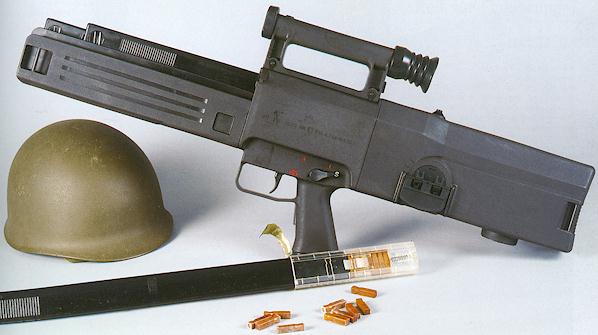
One look at this thing and you would automatically think this was designed for some movie or video game, but the story of this gun dates way back to the 1960s and would be in development until 1990. Designed with the intent of replacing the G3 assault rifles which were being used by the Bundeswehr (West German Military), the G11 was as radical as its design.
Most notably was the use of “Caseless Ammunition” which was developed by Dynamit Nobel, and an highly advanced optical sight for targeting. But it was the weapon’s firing mechanism which really set it apart from other assault rifles, as well as being a fine example of German engineering. As each bullet would be rotated 90 degress before it was fired off, a complex process which worked very well and gave the gun a high rate of fire (460 rounds per minute at full auto, 2100 rounds per minute at 3 round burst).
As you can tell, this was a rifle that could have been seen as a game changer and as development continued through the 70s and 80s, the G11 was tuned and refined to a point where it could have been placed into full production. But in 1990, the reunification of East and West Germany and the changing political landscape after the fall of the Eastern Block, more or less killed any possible contracts to produce this highly advanced assault rifle. In the end only 1000 G11s were produced and most found a home in the Bundeswehr, but it would be the G36 which would become the standard and replace the G3.
Honnorable Mentions:
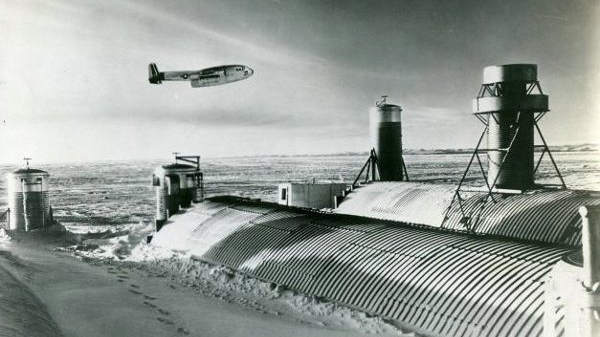
Operation Ice Worm/ Camp Century: A secret plan to deploy nuclear missiles under the ice cap of Greenland (Denmark). Only in operation from 1960 to 1966, the plan and base was abandoned due to the ice sheet constant movement.

The “Caspian Sea Monster”: A ground effect vehicle which the Soviet Union was developing to be used as a weapons platform to attack American carrier groups. Since the aircraft “flew” so close to the water surface, it would have been all but impossible to detect on radar. But was a very complex aircraft to built and operate, plus it was unknown just how well it would have done on the open ocean and in rough seas. Seeing ground effect vehicles are not as manoeuvrable as other conventional aircraft.

Vought XF5U Flying Flapjack: An attempt to build a twin engined, high speed fighter aircraft for the U.S. Navy during WWII. Although testing proved that the aircraft was a sound design, it suffered from vibration issues which were never resolved and the two prototypes which were built never really flew. Coupled with the fact that the Navy wanted jet aircraft to fly from their carriers, and it is plain to see why the project for the Flapjack was cancelled in 1947.
Now for our last entry on the list
6) The Type 4 “Chi-To” Medium Tank
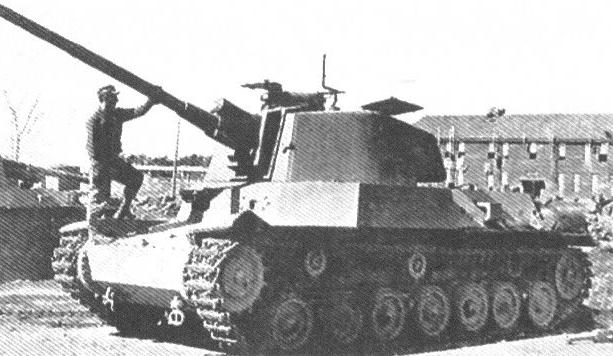
Okay we all know that during the Second World War, Japan did not really invest heavily into Tanks, though they had developed a number of designs that ultimately never made it into production. The Type 4 “Chi-To” was one of them and it was intended to be a replacement for the Type 97 ShinHoTo Chi-Ha medium tank, which had been used to great success by the Imperial Army through out Asia. But when the Allies began to field tanks like the M-4 Sherman (Especially with the introduction of the Sherman Firefly in 1943), Japan knew they needed a new tank to counter the allies.
Thus, development on the Chi-To began in 1943 and this was to be one of the most advanced tanks the Japanese had created at the time. One of its most notable features was the fact it was fitted with a Type 5, 75 mm main gun, which was inspired by the German 88mm gun. This gave the Chi-To more than enough fire power to knock out a Sherman and even a Soviet T-34. Power would come from a Mitsubishi AL Type 4 37.7 litre air-cooled V12 Diesel engine with supercharger, which cracked out 400 break horse power, giving the 30 ton vehicle a top speed of 28 miles per hour. Not bad right?
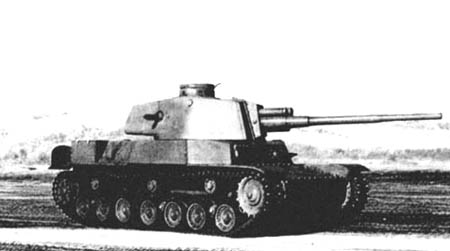
This was to be one of the most advanced tanks to be developed by the Japanese Imperial Army, but it would also be the last. The military originally planned to produce at least 25 new Chi-To tanks every month and they would have been used against allied tanks when the home island were invaded. Unfortunately production of the Chi-To never happened, as by this point in the war there were severe steel shortages due to submarine attacks on Japanese merchant ships . What ever steel was available went toward the building of warships for the Imperial navy.
In all only 2 Chi-To tanks were built. The tanks never saw action and with the surrender of Japan, both vehicles were dumped into Lake Hamana to prevent them from being captured. Though one was salvaged by American Forces not too long after.




